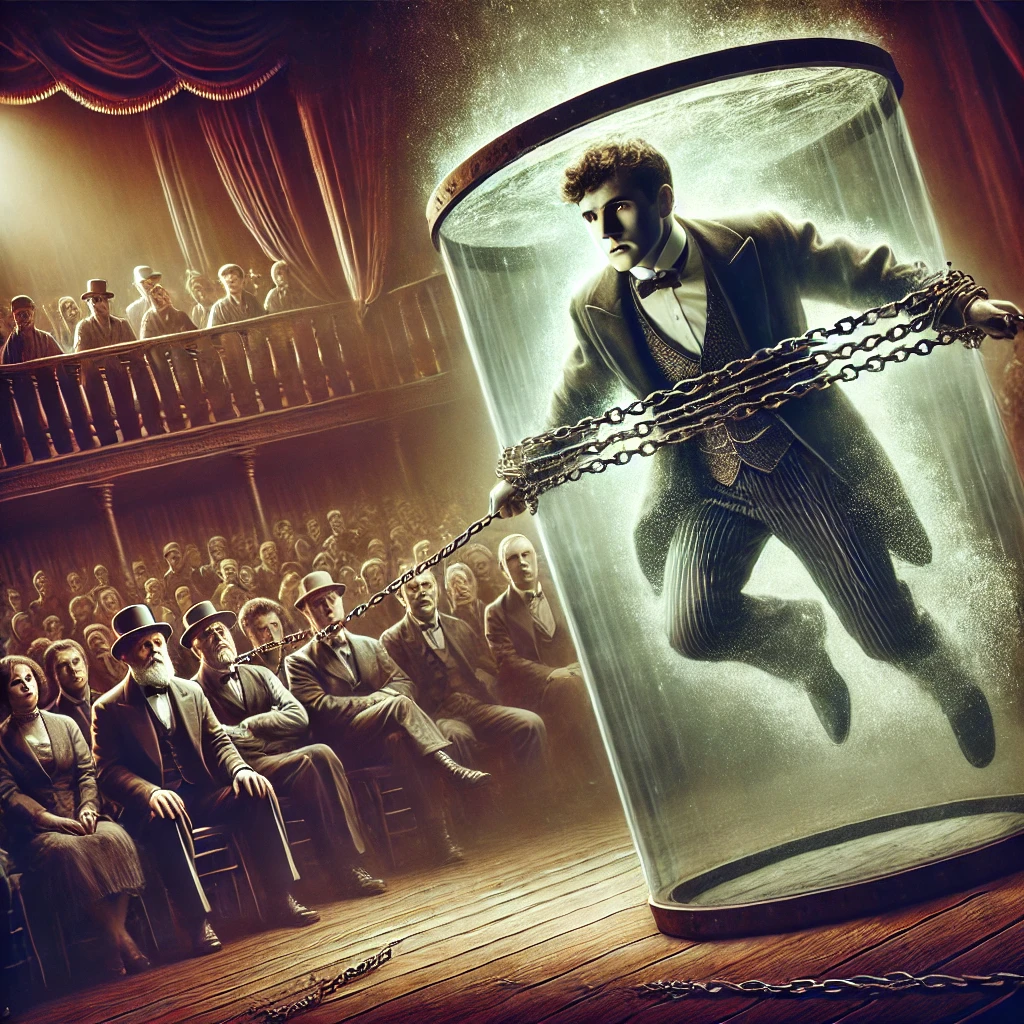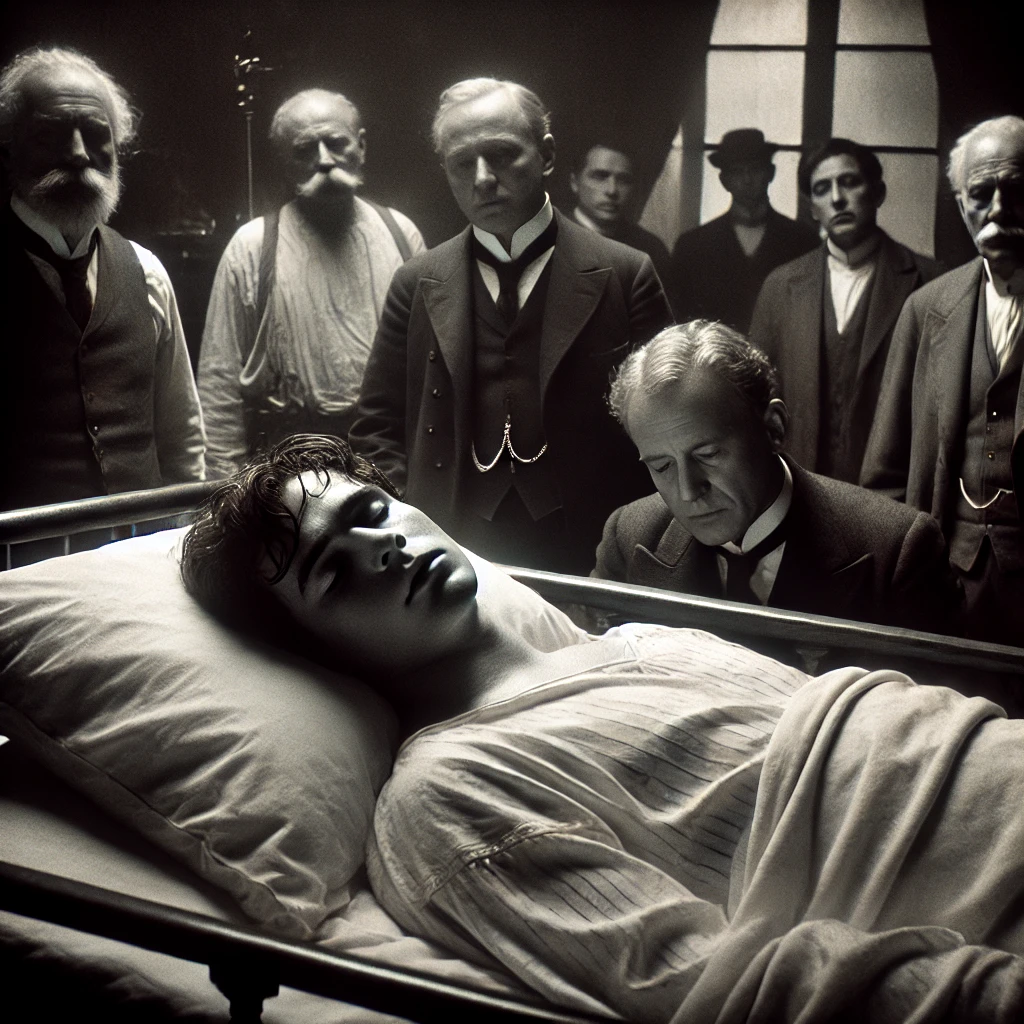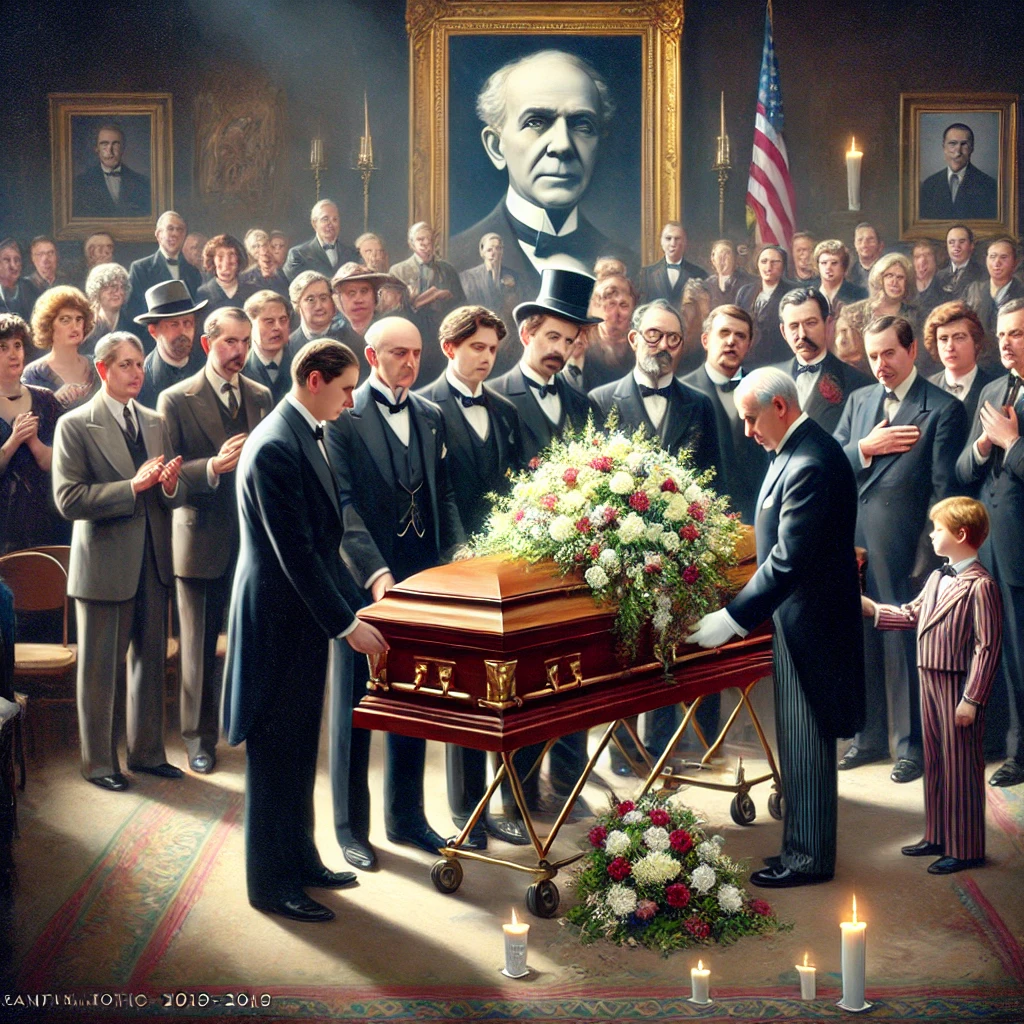On October 31, 1926, the world bid farewell to one of its most celebrated magicians, Harry Houdini, whose death marked the end of an era in the world of entertainment and illusion. Known for his astonishing escape acts and breathtaking performances, Houdini’s legacy as a master magician and illusionist continues to captivate audiences today. His passing not only left a void in the realm of magic but also sparked intrigue and speculation surrounding his mysterious life and death.

The Rise of a Legend
Born Erik Weisz in Budapest, Hungary, on March 24, 1874, Houdini emigrated to the United States with his family as a young child. He adopted the stage name “Harry Houdini” as a tribute to the French magician Jean Eugène Robert-Houdin. Houdini quickly gained fame for his daring escape acts, often escaping from handcuffs, straightjackets, and even submerged water tanks. His theatrical flair and showmanship set him apart, making him a household name and a pioneer in the field of illusion.
Houdini’s performances were not only entertaining but also innovative. He combined elements of theater and spectacle, creating a unique experience for his audiences. His ability to captivate and astonish led to sold-out shows across the globe, and he became one of the highest-paid performers of his time. Houdini’s relentless pursuit of perfection and his willingness to push the boundaries of magic solidified his status as one of the greatest illusionists in history.

The Mysterious Circumstances of His Death
Houdini’s death came under tragic circumstances. He was performing at the Garrick Theatre in Detroit, Michigan, when he fell ill after a series of performances. The cause of his illness was attributed to a burst appendix, which led to peritonitis. Despite undergoing surgery, Houdini’s health deteriorated rapidly, and he passed away at the age of 52.
His death, occurring on Halloween, further fueled the aura of mystery surrounding his life and career. Houdini had often performed illusions that involved themes of death and the supernatural, and his fascination with the afterlife was well-known. In fact, he had made a pact with his wife, Bess, promising to communicate with her from beyond the grave if it were possible. This led to widespread speculation about whether Houdini had indeed found a way to transcend death, and the circumstances of his passing became a topic of much intrigue.
The Legacy of Houdini
Harry Houdini’s influence extended far beyond his death. He became an enduring symbol of magic and illusion, inspiring countless magicians and performers who followed in his footsteps. His innovative techniques and showmanship transformed the world of magic, paving the way for future generations of illusionists. Houdini’s legacy can be seen in modern magic performances, which continue to draw on his groundbreaking work.

In the years following his death, Houdini’s story has been the subject of numerous biographies, films, and documentaries, further solidifying his status as a cultural icon. His life and career have inspired fascination with the art of magic, and his influence can still be felt in contemporary entertainment. Houdini’s daring feats and ability to captivate audiences have left an indelible mark on the world of performance art.
Continuing the Search for Communication
The mystery of Houdini’s potential communication from the afterlife remained a topic of interest for many, particularly his devoted wife, Bess. Following his death, Bess held a séance each year on the anniversary of Houdini’s passing, hoping to receive a message from her husband. While she never claimed to have received definitive proof of his presence, these gatherings became a symbol of enduring love and the desire for connection beyond death.
Houdini’s fascination with the supernatural extended to his skepticism of spiritualism and charlatans who exploited grieving families. In his later years, he dedicated considerable effort to exposing fraudulent mediums, believing in the importance of truth in a world filled with deception. This duality of Houdini as both a performer and a skeptic has contributed to his complex legacy and the ongoing interest in his life story.
The death of Harry Houdini on October 31, 1926, marked the end of a remarkable chapter in the history of magic and entertainment. His extraordinary talents and groundbreaking contributions to the art of illusion have left an indelible impact that continues to inspire performers today. Houdini’s life, filled with wonder, intrigue, and an enduring quest for truth, serves as a reminder of the power of belief and the timeless fascination with the unknown. As we remember Houdini, we celebrate not just the man but the legend he became, forever enshrined in the annals of magic history.
